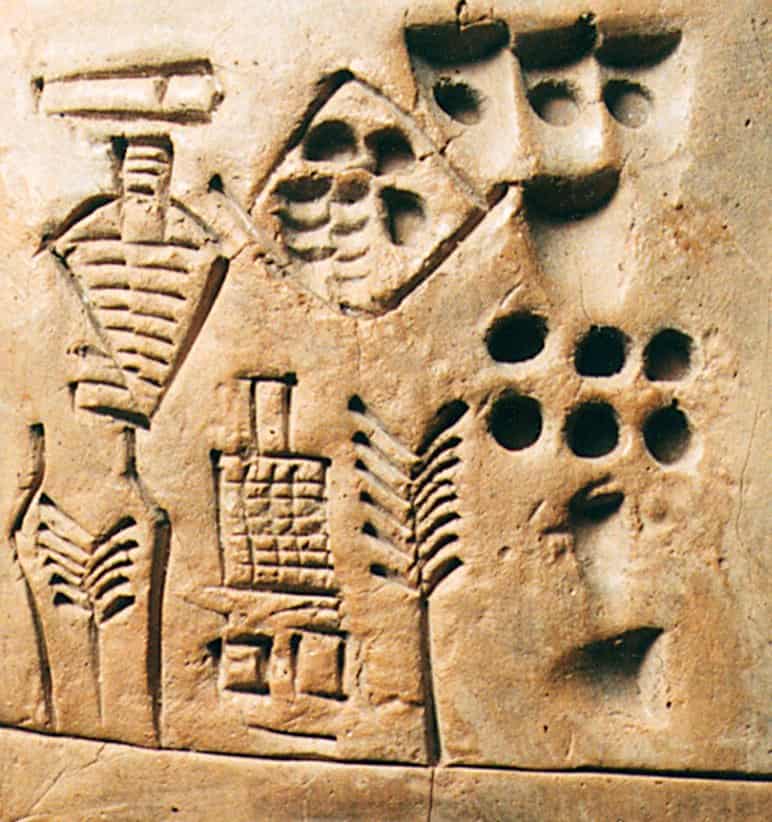Signs of human individuality first began to appear over 30,000 years ago, when artists began to leave their ‘signatures’ in the forms of handprints on cave walls. But we cannot name these artists. Nor can we name the hunters they depict or the people who lead them.
The late fourth millennium BC saw the beginnings of writing. The earliest examples, preserved on baked clay tablets, come from in the ‘Cradle of Civilization‘ in Mesopotamia, dating to sometime around 3300 BC. Based on the evidence, hieroglyphics did not begin to appear in Ancient Egypt until approximately 3200 BC and later still in China, Meso-America, and other major cultures.

These early scripts used either symbols or pictures to represent objects or sounds. But it is not until the cusp of the third millennium that we see names begin to appear. Among these early names are ordinary citizens- even slaves- as well as priests and Kings. Kings, but ordinary citizens -even slaves.
But out of these early names, whose is the earliest one we know? There are several contenders.
Kushim the Accountant
The earliest written records from Mesopotamia are accounts- unsurprising, as with cities comes commerce and the accompanying need to keep records. So our first contender for the first named individual in history is an accountant.
The record in question was inscribed on a clay tablet using a reed stylus sometime between 3300-3000 BC. It is written in symbols and pictograms, which we can translate by comparison to later, similar, cuneiform systems whose meaning we know.
The tablet describes a shipment of barley. The symbol for the grain is a simple picture of a barley stalk. The quantity involved is marked above the picture. To the left is the time period involved, marked by 3 circular holes and seven small depressions. Taken together, the record reads: “29,086 measures barley 37 months”
But at the end are two symbols whose representative sounds are known- but not their meaning when taken together. They form the word ‘kushim”. Based on their positioning at the end of the sentence, it has been suggested that Kushim is, in fact, a name. If this is the case, Kushim could be the first name we know from history.
The problem is, there is no way of knowing if Kushim is an individual’s name -or a job title. Then there is the question of dating. For there is no way of establishing exactly when this record was produced compared to other examples. And there is another, similar record from Mesopotamia that is roughly contemporary -and contains not one but three names.
Gal Sal and his Slaves
The record in question is a tablet, from the ancient city of Shurrupak, now modern Jemdet Nasr in Iraq. It is commonly dated to around 3100 BC and is believed to be a generation or two younger than the Kushim tablet. But its naming evidence is much more unambiguous.
The tablet begins “Two slaves held by Gal-sal” and is then followed by the names of the aforementioned slaves: “En-pap X and Sukkalgir”.
We do not know the context. But the fact that there are three named individuals: not important, just a citizen of Shurrupak and his slaves does make the Jemdet Nasr tablet look to be a contender for holding the earliest known name of individuals in history.
But despite writing originating in Mesopotamia, it appears that Egypt could, in fact, trump these examples from the cradle of civilization.

